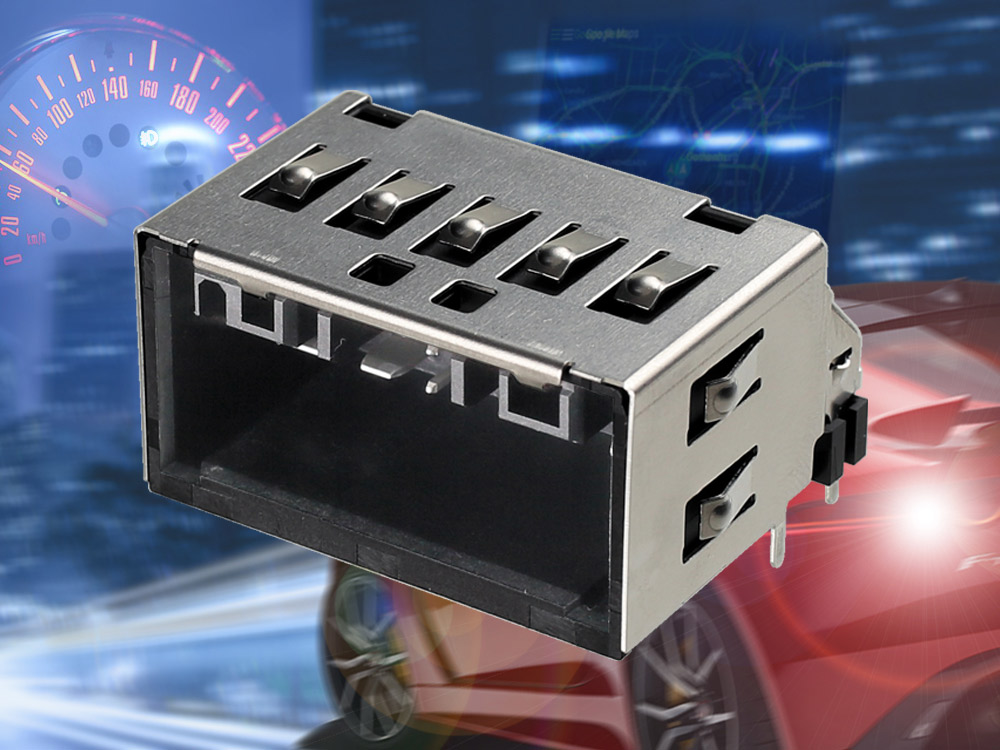Four Basic Structural Components of Automotive Connectors

Ⅰ. What is an automotive connector?
Automotive connector is a kind of component that electronic engineering technicians often deal with. Its function is very simple: setting up a bridge of communication between the blocked or isolated circuits, so that the current flows and the circuit realizes the predetermined function.
The form and structure of automotive connectors are ever-changing, and they are mainly composed of four basic structural components, namely: contacts, shells (depending on the varieties), insulators, and accessories. In the industry, they are usually called protective sleeve, connector, plastic housing, etc.
There are nearly 100 types of connectors used in general automobiles, and hundreds of connectors used in a single car model.
As people have higher and higher requirements for car safety, environmental protection, comfort, intelligence, etc., the applications of automotive electronic products are increasing, which promotes the growth of the application of automotive connectors.
Ⅱ. Structural components of automotive connectors
1. Contacts
It is the core part of the automotive connector to complete the electrical connection function. Generally, a contact pair is composed of a male contact piece and a female contact piece, and the electrical connection is completed by the insertion of the female contact and the male contact. The male contact is a rigid part, and its shape is cylindrical (round pin), square cylinder (square pin) or flat (insert). The male contacts are generally made of brass and phosphor bronze.
The female contact is the jack, which is the key part of the contact pair. It relies on the elastic structure to elastically deform when it is inserted into the pin to generate elastic force to form close contact with the male contact, so as to complete the connection. There are many types of jack structures, including cylindrical (split slot, necking), tuning fork type, cantilever beam type (longitudinal slotting), folding type (longitudinal slotting, figure 9 shape), box-shaped (square jack) and hyperboloid spring jack, etc.
2. Shell
Also known as housing, the housing of the automotive connector that provides mechanical protection for the built-in insulating mounting plate and pins, and supports the alignment of the plug and socket to secure the connector to the device.
3. Insulator
The insulator is often called the car connector base or mounting plate. It is used to arrange the contacts in the required position and spacing, and to ensure the insulation performance between the contacts and between the contacts and the shell. Good insulation resistance, withstand voltage performance and ease of processing are the basic requirements for selecting insulating materials and then processing them into insulators.
4. Accessories
Accessories are divided into structural accessories and installation accessories. Structural accessories are like retaining rings, positioning keys, positioning pins, guide pins, connecting rings, cable clamps, sealing rings, gaskets, etc. Mounting accessories cover screws, nuts, screws, spring rings, etc. Most of the accessories have standard parts and general parts.
It is these four basic structural components that enable automotive connectors to act as bridges and keep stable operation.





